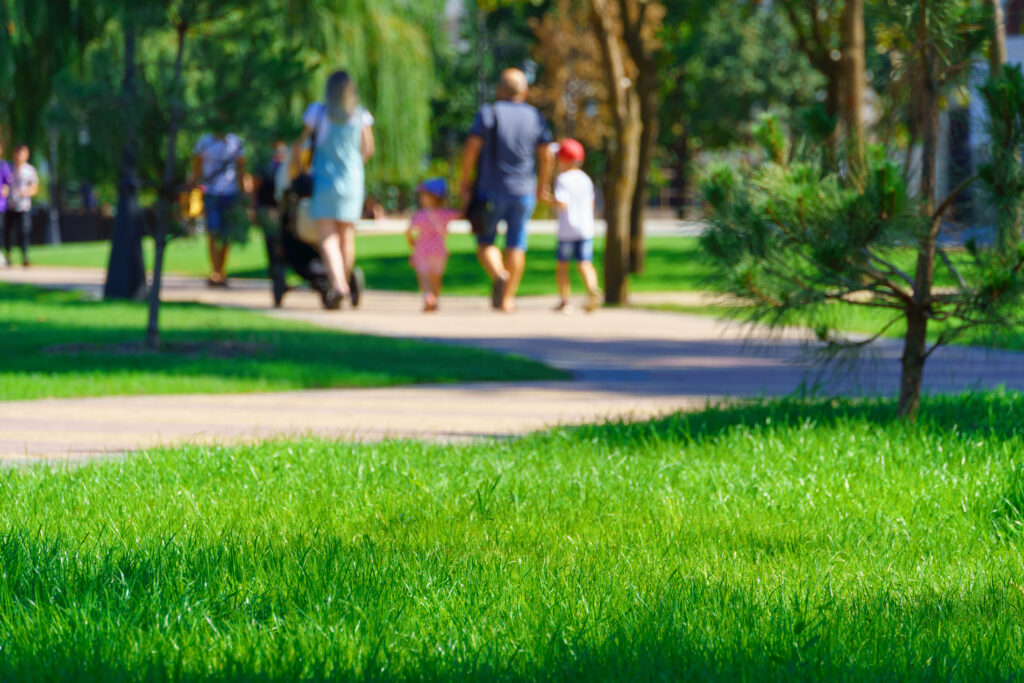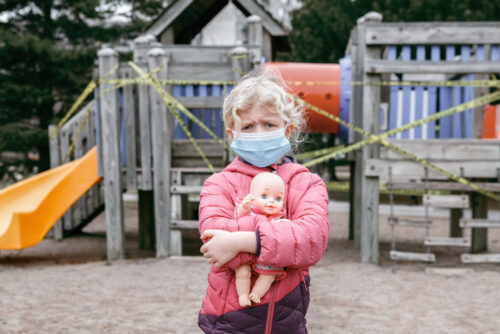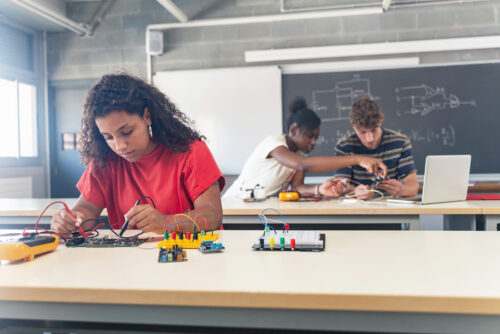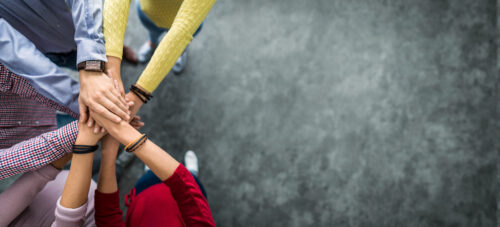Third places are necessary for our individual and civic health. If we want to rebuild our social fabric, that should guide our giving habits.
One of the calamities of COVID-19 is that it cut off many of the connections we have to third places—those informal gathering places that offer a welcome escape from home and work, and that serve as the “living room” of civil society.
“Third places” include commercial and public indoor places like bars, restaurants, cafés, barber shops, beauty salons, museums, and libraries, as well as outdoor places like trails, bike paths, and parks. It’s easy enough to see why these spaces might be vital to individual well-being. But they are also critically important to the health of communities, particularly in a pluralistic and democratic society like ours.
A report from the AEI Survey Center on American Life explains: “Americans who live in areas packed with … amenities … tend to report having a more racially and religiously diverse set of friends and acquaintances. Living close to a variety of amenities, such as cafes and parks, [also] increases neighborliness, feelings of safety, social trust, and positive feelings about the community.”
In other words, third places offer a powerful antidote to two forces marring American life today—inequality and partisan hostility. We must recognize this fact not only in our daily living but also in our giving: to build diverse and inclusive communities, donors must support vibrant third places in their communities.
An earlier piece by one the current authors offered personal insight into the importance of these third places through his first-hand experience with one, his grandparents’ Italian tavern in Cleveland, Ohio.
That experience informs our work today. Here at the Walton Family Foundation, we are committed to supporting vibrant, inclusive communities where residents from all backgrounds have access to cultural, economic, and recreational opportunities that enrich their lives and create a sense of belonging.
That commitment informs the foundation’s grantmaking in the Northwest Arkansas Home Region program area, which serves as an example of how individual donors or foundations can support and implement a third-place community investment strategy.
There are many dimensions to the Home Region’s grantmaking. One of its primary aims is to develop inclusive shared spaces and experiences for the region’s residents and its visitors. This requires a coordinated effort involving institutions, neighborhood organizations, outdoor spaces, and festivals, such as:
- World-class cultural institutions like TheaterSquared, the Momentary, and the Scott Family Amazeum, which work to ensure every resident of Northwest Arkansas feels welcome.
- Neighborhood organizations working to develop more bustling public spaces, like Railyard Park in Rogers, and a free summer concert series featuring a diverse lineup of entertainers, bringing together young and old from across the city.
- Memorial Park in Siloam Springs, designed to create a sense of belonging and inspire real connections among people from different backgrounds. It became a safe outlet for residents seeking time outdoors during the early phases of COVID-19.
- The International Festival, part of the First Friday lineup of events in Bentonville, which celebrates the city’s cultural diversity. The festival is free to the public and located in the city’s downtown core, close to neighborhoods, shops, restaurants, and other parks.
These are spaces where people build a sense of understanding of their neighbors. And what are the benefits of these places in enriching the lives of individuals and their communities?
They create an opportunity structure that includes not only the physical places themselves but also the ceremonies, traditions, and other activities performed by the people who visit them. Third places create the context that conveys important personal meaning to those who participate, creating a collective identity that strengthens our attachment to our neighborhoods and communities.
“When people feel connected to each other, they not only enjoy the personal satisfaction that comes with belonging and friendship but also are helpful and look out for each other’s welfare,” writes Ryan Streeter of the American Enterprise Institute (AEI).
And Bridget Maequis, project manager for Reimagining the Civic Commons, writes, “Amidst the devastating losses and trauma caused by the pandemic, one of the core lessons for those of us creating and managing public spaces is ... [these places] are important ... because they hold the power to bring communities together.”
If we are serious about revitalizing our failing social fabric after COVID-19, third places are essential. A “third place” giving strategy focuses on creating alliances and partnerships that bring people together to create venues where they can renew old friendships and make new ones, enjoying each other’s company and unique gifts.
We should not compartmentalize our daily living and our charitable giving. It is important to take part in ordinary activities like visiting a bar or restaurant or park or museum or trail—but it is also important that we seek out opportunities to support neighborhood organizations and local spaces as well as humanitarian and educational concerns.
By both participating in and philanthropically supporting third places, we are doing something important for the health of our neighbors, neighborhoods, communities—and ourselves.






